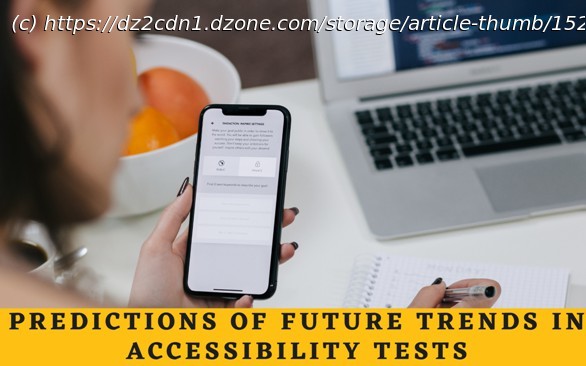Certain promising trends in digital accessibility. Accessibility testing are shaping up this year and the years ahead
Join the DZone community and get the full member experience. The mobile app is projected to account for a great market share as a result of the increasing penetration of mobile gadgets around the world. Therefore, along with the rising growth of smartphones, technology providers are concentrating on executing enhanced accessibility software for disabled persons. The higher demand for accessibility tests is expected to observe very strong growth in the upcoming years. Statistic Scenario The current study by Straits has added the latest report on the accessibility tests market which projects the market valuation for accessibility tests will hit USD 606.46 Million by the year 2027. The high focus of established companies in developed countries mainly Canada and the U.S. A is expected to drive the accessibility tests service market. Currently, several businesses are trying to maintain the intense competition and developing inventive automation technologies to enlarge their customer base, counting persons with disabilities. Why should Enterprises choose Accessibility Testing? • To be accessible or easily reached for consumers with low-bandwidth • To make the site simply accessible for users with disabilities or challenges • To appeal to the users and enhance the enterprise market share • To make the site & the information accessible for the users amidst regions Here we consider what web app and digital accessibility trends will have on the future. Below are a few of the future predictions for accessibility tests: 1. Accessibility is Not Just for the Differently-Abled As digital transformation has been speeding up at rapid speed, catering to each individual’s want has become crucial. From adults to elderly people, making technology simpler to use in terms of their cognitive supremacies makes user-friendliness not just a notion for the disabled but for all. Accessibility has always been considered as a nuance for differently-abled consumers. But, this notion falls short as the vertical now extends to every person on the web platform. This is undertaken in two ways: one, where accessibility is implicit with its literal implication of making a product reach all consumers, and the other, in which understanding the requirement of a digitally inclusive space and the alertness about the same want to be advocated painstakingly.






